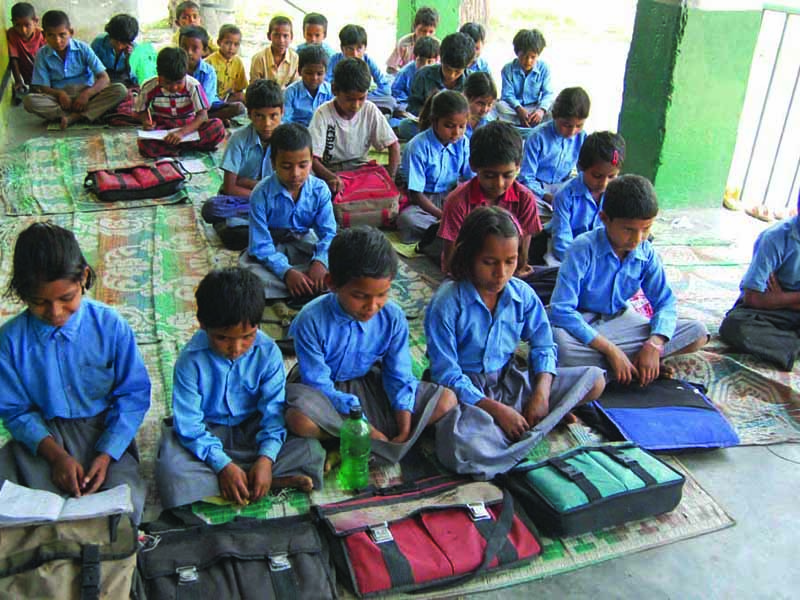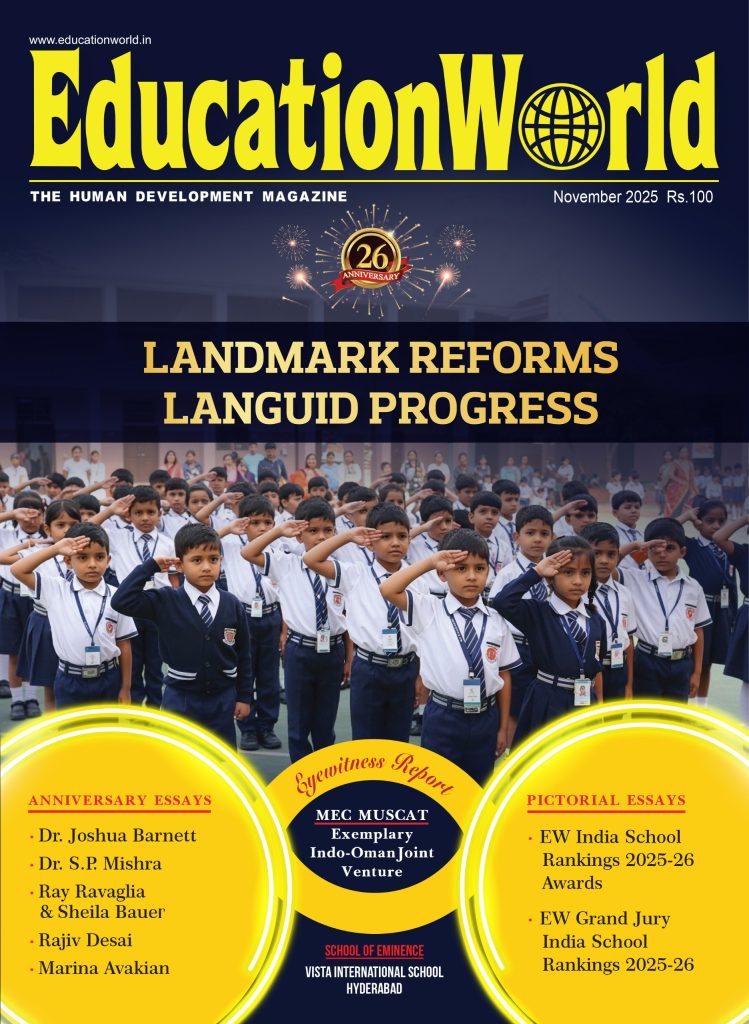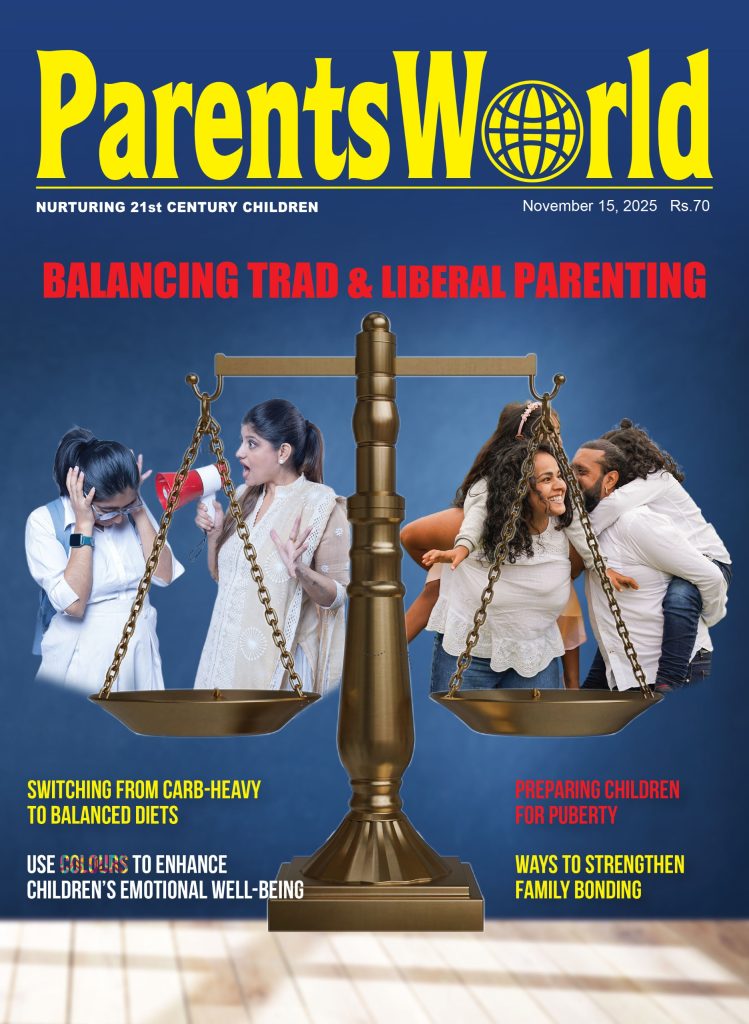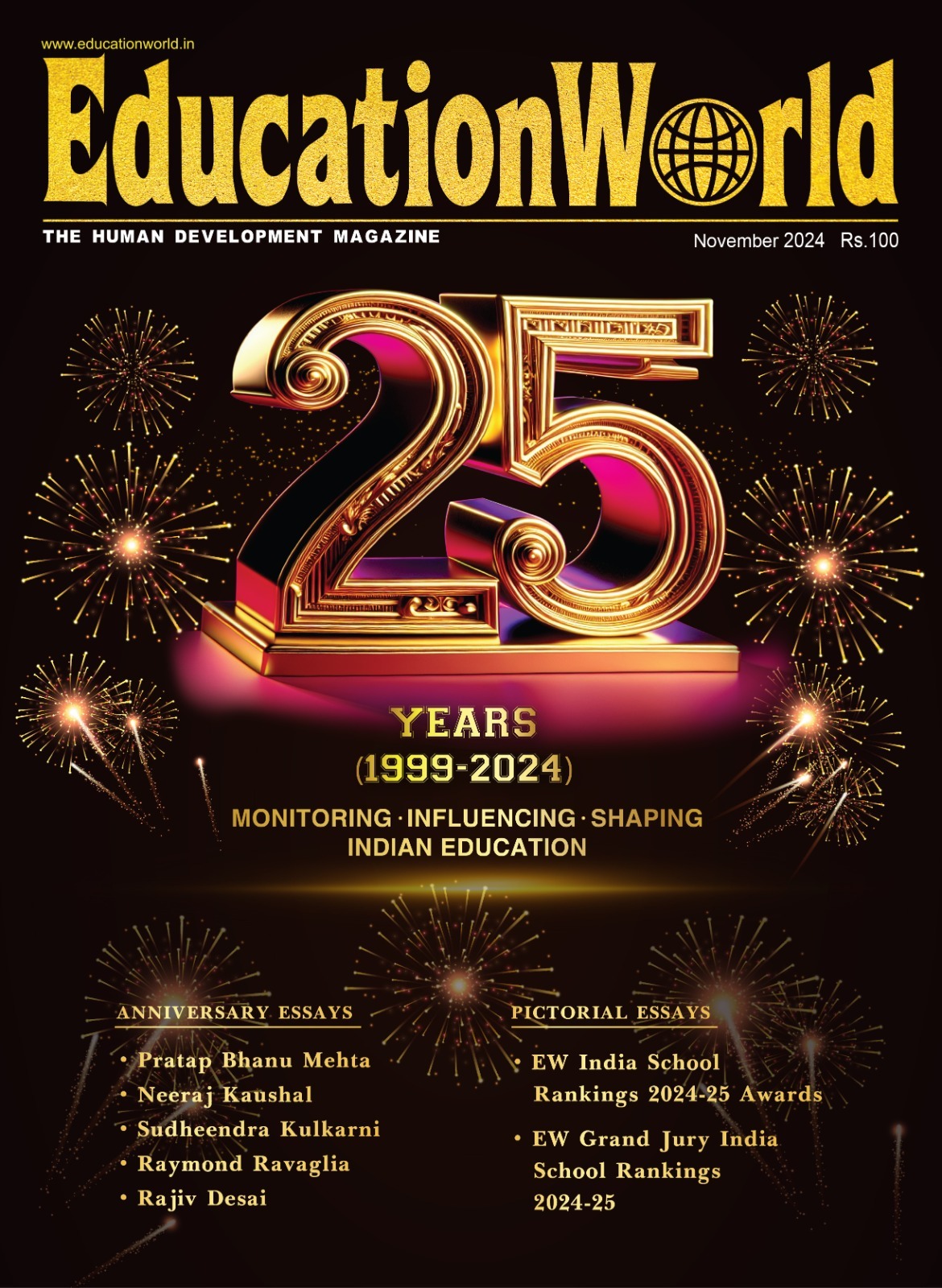Maharashtra: Sustained funds crunch
Megha Chowdhury (Mumbai)

Short-changed Maharashtra government primary
Despite the country’s establishment — politicians, bureaucrats, academics — paying loud lip service to India’s demographic dividend i.e, the world’s largest child and youth population whose number is estimated at 500 million, there’s no evidence of their taking the extra step to encash this dividend. Annual national expenditure (Centre plus states) remains mired in the 3.5-4 percent of GDP rut, nowhere near the 6 percent of GDP recommended by the high-powered Kothari Commission (1967) and the 10 percent of total government expenditure mandated by the National Education Policy (NEP) 2020. In the Union Budget 2025-26 presented to Parliament and the nation on February 1, finance minister Nirmala Sitharaman allocated Rs.1.28 lakh crore (from a total budget of Rs.50 lakh crore) for education, equivalent to 0.23 percent of GDP.
Worse, even the sums provisioned in the Union budget for allocation to the states are not disbursed on time, and often not at all. For instance, despite an allocation to Maharashtra of grants totaling Rs.3,287 crore for education programmes including Samagra Shiksha Abhiyan (primary-secondary schooling), PM POSHAN (mid-day meals), and ULLAS (adult literacy), only Rs.1,343 crore was disbursed until March 31, the last day of the financial year 2024-25. Data tabled in Parliament on March 17 in response to queries from Maharashtra’s BJP MP Anup Dhotre, reveals similar short-changing dating back to 2021-22.
Not that budgetary provisions made by the successive Maharashtra state governments are better. In 2023-24, the state allocated Rs.1.11 lakh crore for education, a 11 percent increase over Rs.1 lakh crore in 2022-23. Yet, the share of education in the total budget has been continuously declining, from 17.6 percent in 2019-20 to 13.9 percent in 2025-26. As a percentage of state GDP, it has declined from 3.2 to 2.8 percent. Under the Constitution, states are obliged to do the big spending for education, but none of them are, especially not the BJP/Shiv Sena (Shinde) government of Maharashtra, sworn in on December 5, 2024 after this coalition swept last November’s legislative assembly election.
The fallout of reduced allocations for education is manifesting in continuously under-provided government schools. In Wardha, schools have run out of rice and pulses, forcing teachers to crowdfund the free mid-day meal for children. “We’re begging parents for Rs.50 here, Rs.100 there, just to feed the children,” says Sunita Pawar, a teacher at a Zilla Parishad school in Hinganghat. “The mid-day meal is why many children come to school. Without it, attendance drops.”
According to state government sources, cumulative Central government dues to improve infrastructure and teacher training under SSA have accumulated to Rs.1,526 crore. Under the ULLAS adult literacy programme, Maharashtra is yet to receive any funding since 2024-25. Moreover, the much-proclaimed PM SHRI initiative to establish 14,500 model schools in the state, has been stalled due to funding delays. The RTE Act, 2009 mandates free education for 25 percent underprivileged children admitted in classes I-VIII of private schools under Section 12 (1) (c). Yet, Maharashtra owes private schools Rs.2,000 crore in reimbursements, under this account, some dues pending since 2018.
Short-changed educationists highlight the state government’s skewed priorities. “The government finds billions for vote-bank freebies, but public schools educating children from poorest households are left to rot,” says Nitin Dalvi, President of the Maharashtra State Primary Teachers’ Association, which has membership of 300,000 teachers in government schools. “This isn’t just mismanagement, it’s a betrayal of our children.” According to Dalvi, the association has “repeatedly submitted memorandums” to successive education ministers of the state government but has yet to receive any response. “They blame the Centre, the Centre blames them. It’s a game of passing the buck while children suffer,” adds Dalvi.
Ramesh Thakre, principal of a government-aided school in Chandrapur, says the institution hasn’t received any SSA funding for two years. “Almost the entire allocation of the state government goes towards teachers’ salaries. The Centre’s SSA grants would have helped to repair broken toilets and stock classroom libraries. Parents say we’re failing, but it’s the system.”
Without explaining, the Maharashtra government’s declining provision for the state’s 107,000 public schools, Sharad Gosavi, Director of Primary Education, says: “We’re coordinating with the Centre to release funds by May for 2025-26. A committee under the Education Commissioner is addressing delays.”
With Maharashtra experiencing political instability — the state has been ruled by four governments in the five years past — evidently education of children who have neither voice nor vote has been relegated to a distant back burner. But while politicians from Prime minister Modi downwards set ambitious goals to transform India into Viksit Bharat (developed nation) and a $30 trillion GDP (from the current $4 trillion) economy by 2047 when the country will celebrate 100 years as a free nation, the reality that the public education system in India’s most industrialised state is going from bad to worse is bad news.
















Add comment